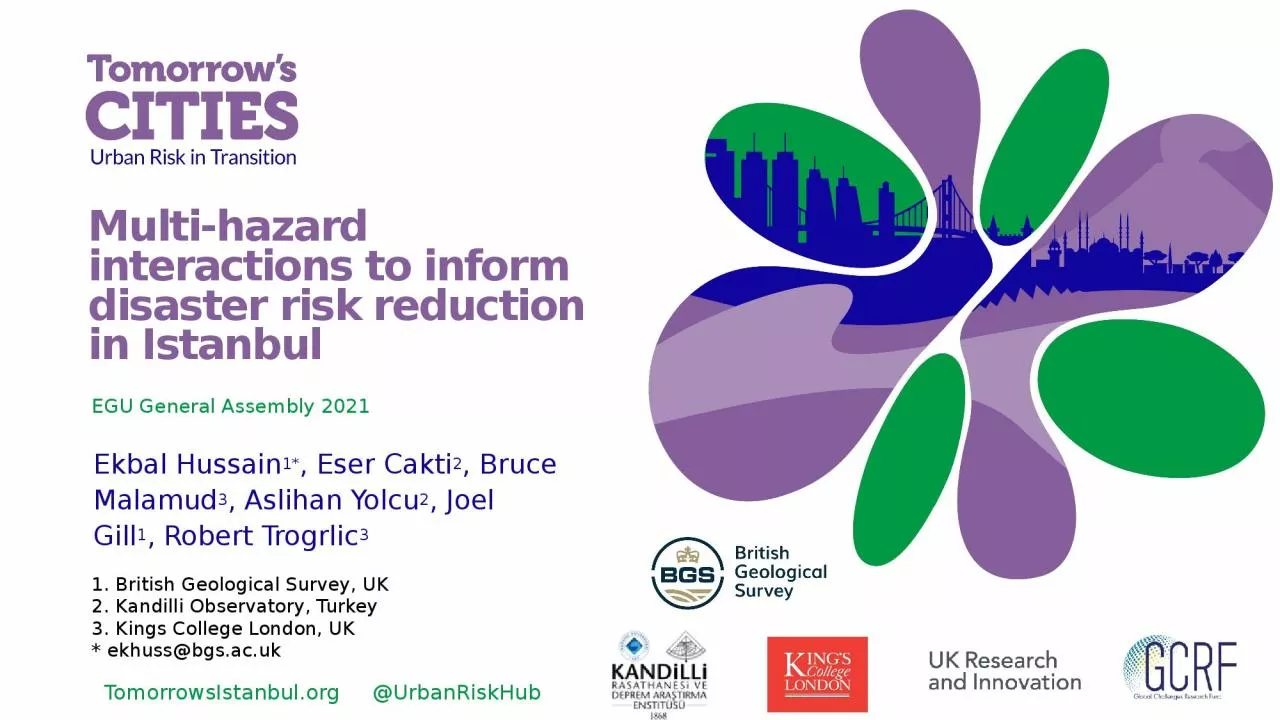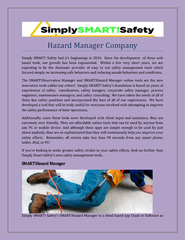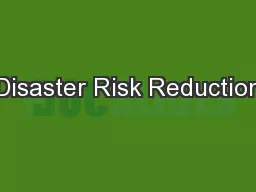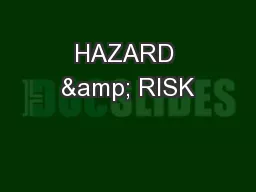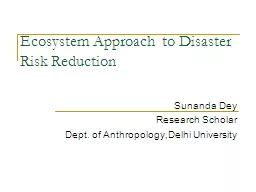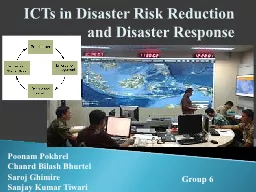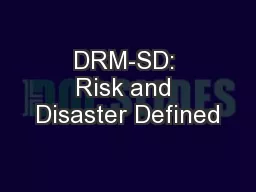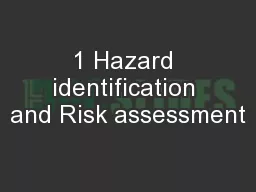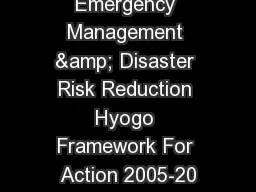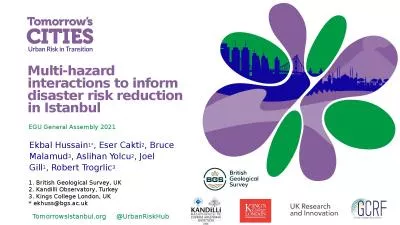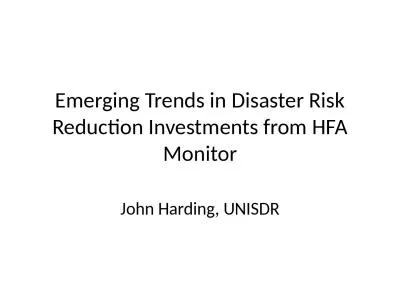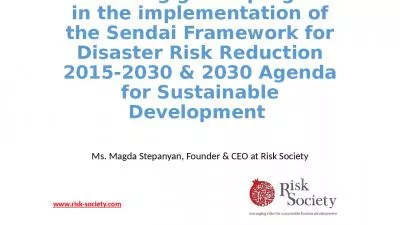PPT-Multi-hazard interactions to inform disaster risk reduction in Istanbul
Author : jaena | Published Date : 2024-01-03
Ekbal Hussain 1 Eser Cakti 2 Bruce Malamud 3 Aslihan Yolcu 2 Joel Gill 1 Robert Trogrlic 3 1 British Geological Survey UK 2 Kandilli Observatory Turkey 3
Presentation Embed Code
Download Presentation
Download Presentation The PPT/PDF document "Multi-hazard interactions to inform disa..." is the property of its rightful owner. Permission is granted to download and print the materials on this website for personal, non-commercial use only, and to display it on your personal computer provided you do not modify the materials and that you retain all copyright notices contained in the materials. By downloading content from our website, you accept the terms of this agreement.
Multi-hazard interactions to inform disaster risk reduction in Istanbul: Transcript
Download Rules Of Document
"Multi-hazard interactions to inform disaster risk reduction in Istanbul"The content belongs to its owner. You may download and print it for personal use, without modification, and keep all copyright notices. By downloading, you agree to these terms.
Related Documents

